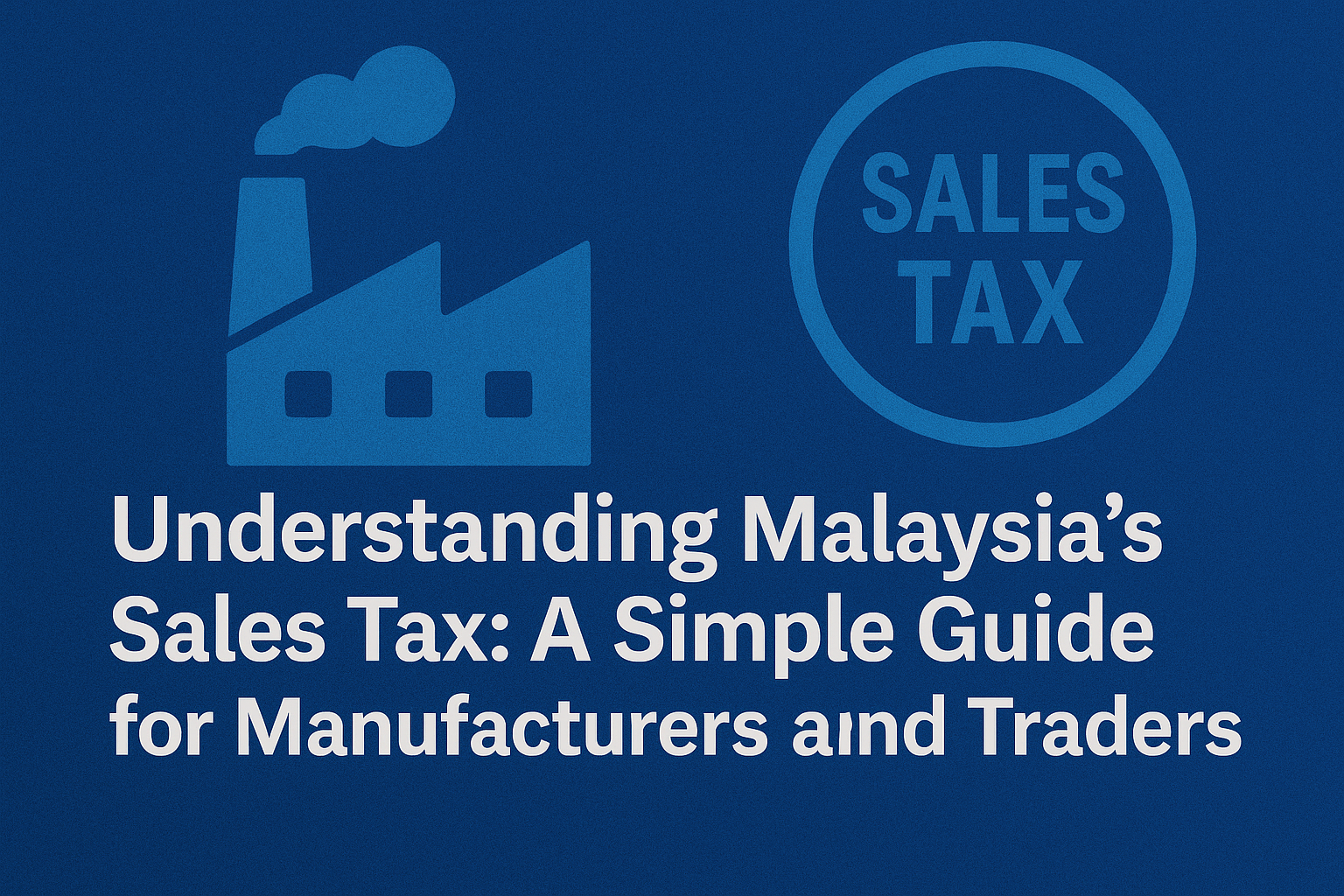Malaysia’s Sales and Service Tax (SST) system is made up of two distinct parts. We have often discussed Service Tax, which applies to services. Today, let’s focus on the other half: Sales Tax. A common misconception is that this tax is applied at every stage of a product’s journey. However, the reality is much simpler.
The Malaysian Sales Tax system is designed as a single-stage tax. This means the tax is only charged once throughout the entire supply chain. This guide, based on official infographics from the authorities, will walk you through the process from raw materials to the final consumer to clarify exactly when and where sales tax is applied.
The Golden Rule: A Single-Stage Tax
The most important principle to understand is that Sales Tax is levied only at the manufacturer’s level (or at the point of import). Once the tax has been paid on a finished product, it will not be charged again on any subsequent sale of that same product down the supply chain.
Let’s follow a product’s journey to see this in action.
The Supply Chain Journey: Where is Tax Charged?
Step 1 & 2: Raw Materials & The Registered Manufacturer
A company that manufactures taxable goods and has an annual sales turnover exceeding RM500,000 must register with the Royal Malaysian Customs Department (RMCD).
A key benefit for a
registered manufacturer is that they are generally exempt from paying sales tax on the raw materials and components they purchase or import for the purpose of manufacturing their goods. This is a crucial mechanism to prevent tax from being applied on top of tax.
Step 3 & 4: The Taxable Point – Sale of Finished Goods to Wholesaler
This is the one and only point where Sales Tax is charged and collected.
When the registered manufacturer sells their
taxable finished goods (e.g., shoes, furniture, electronics) to the next level in the chain, typically a wholesaler or distributor, they must charge the applicable sales tax (e.g., 10%) on the sale price. The manufacturer is then responsible for remitting this collected tax to RMCD.
Step 5 & 6: Subsequent Sales – Wholesaler, Retailer, and Consumer
After the first taxable sale, all subsequent sales of that same product are no longer subject to Sales Tax.
-
Wholesaler to Retailer: When the wholesaler sells the product to a retailer (like a supermarket), no sales tax is added.
-
Retailer to Consumer: When the retailer sells the product to the final consumer, no sales tax is added at the point of sale.
The sales tax that was paid at the manufacturer level is already embedded within the cost of the product as it moves down the supply chain.
Key Takeaways for Your Business
- For Manufacturers: Your primary responsibility is to register for sales tax if you meet the threshold, charge sales tax on your finished goods, and apply for exemptions on your raw material purchases to manage costs.
- For Wholesalers & Retailers: You do not charge or collect Sales Tax. The tax is part of your “cost of goods sold.” Your key task is to manage your pricing and inventory with the understanding that this tax cost is already included in the price you pay your supplier.
How SMONE Can Help
Whether you are a manufacturer managing your Sales Tax obligations or a trader needing to correctly account for the tax as part of your product costing, accurate bookkeeping is essential.
SMONE’s Accounting & Bookkeeping services help businesses at every stage of the supply chain manage their finances correctly. We ensure your transactions are properly recorded, providing clarity on your costs, pricing strategy, and tax obligations. Contact us today for a professional consultation.
(Disclaimer)
This article is for general informational purposes and is based on infographics from LHDN. It does not constitute legal or tax advice. Please refer to the official Sales Tax Act 2018 and consult with a qualified tax professional for advice tailored to your specific situation.


